Discover 11 hidden attractions, cool sights, and unusual things to do in Capri (Italy). Don't miss out on these must-see attractions: Grotta di Matromania, Gardens of Augustus, and Piazza Umberto I. Also, be sure to include Villa Jovis in your itinerary.
Below, you can find the list of the most amazing places you should visit in Capri (Campania).
Table of Contents
Grotta di Matromania
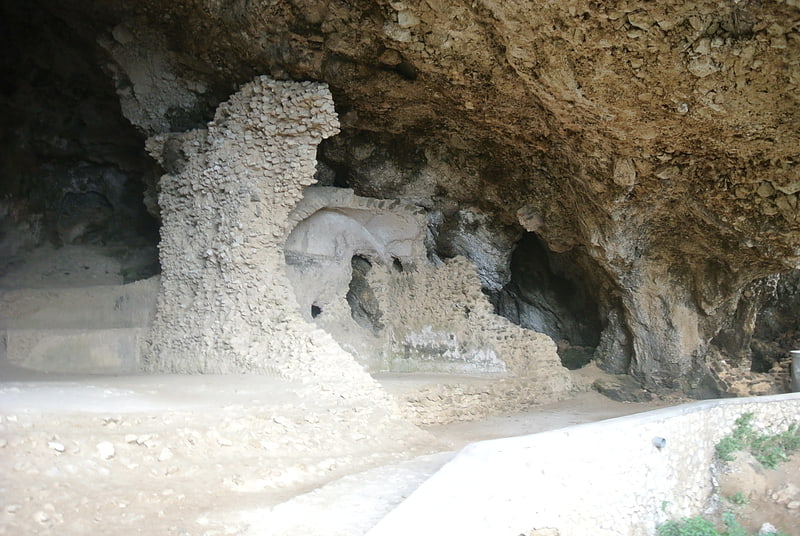
Also known as: Grotta di Matermania
The Grotta di Matromania is a large, natural cave on the east coast of the island of Capri, Italy. It is located near the Arco Naturale. The cave is approximately 27 m long, 18 m wide, and 18 m high. It is connected with Mithras.[1]
Address: Giro del'Arco Naturale, Capri
Gardens of Augustus
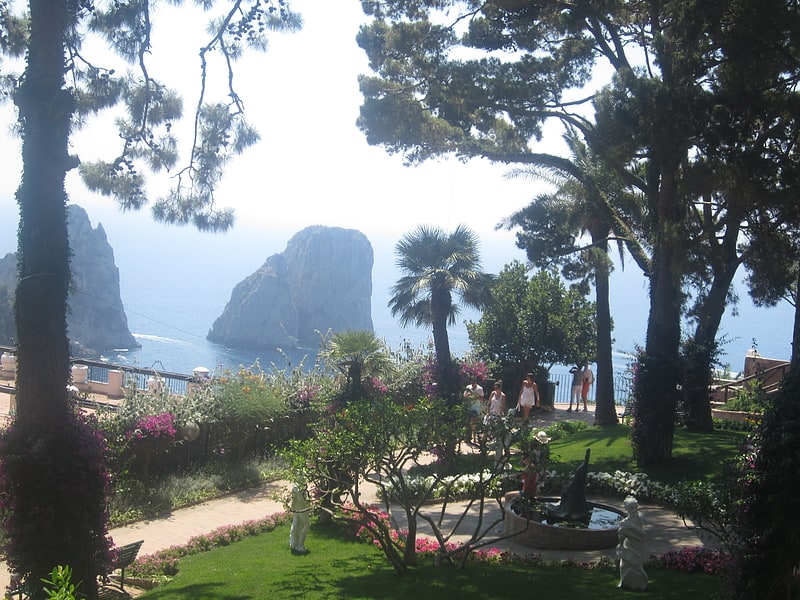
Also known as: Giardini di Augusto
Garden in Italy. The Gardens of Augustus, originally known by the name of Krupp Gardens, are botanical gardens on the island of Capri, Campania, Italy.
The gardens were established by the German industrialist Friedrich Alfred Krupp in the early twentieth century to build his mansion in Capri. Initially the gardens took on the name of "Krupp Gardens", a title held until 1918, when the gardens were renamed "Gardens of Augustus", the title they are known as today.
The gardens, designed in terraces overlooking the sea, can be considered a testament to the rich flora of the island of Capri, with various ornamental plants and flowers such as geraniums, dahlias and brooms.
In the gardens there is a monument to Vladimir Lenin, one of the few of its kind in Italy, created in 1968, after the approval of a municipal resolution, by the Italian sculptor Giacomo Manzu to which the Soviet Embassy in Italy commissioned the work. The monument, consisting of several 5 meter high blocks of marble, is located in the gardens in front of the house of the Russian writer Maxim Gorky, who hosted Lenin there in 1908.
From the Gardens of Augustus one can get a 180-degree panoramic of the island of Capri because one can see Mount Solaro, the bay of Marina Piccola, and the Faraglioni.[2]
Piazza Umberto I
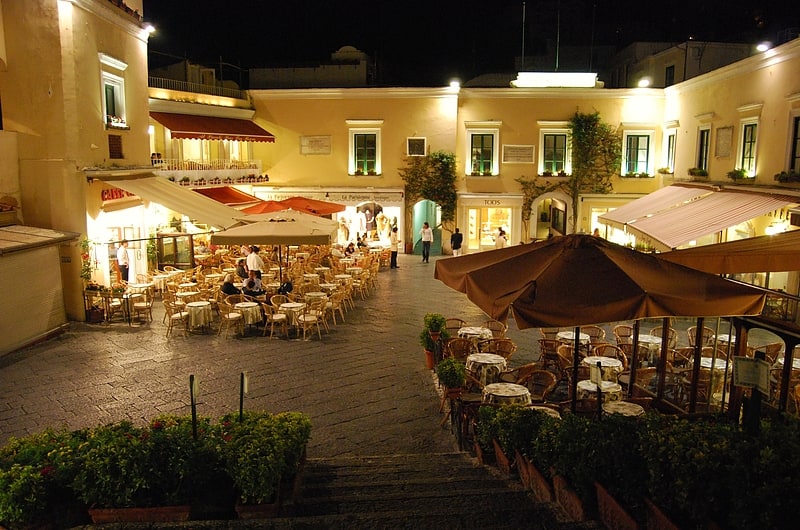
Observation deck in Capri, Campania, Italy. Piazza Umberto I is the most famous square of the island of Capri, Italy. The square is located in the historic center of Capri, in the eponymous town Capri, on the eastern end of the island, and since Roman times, it has been considered the center of the town and the meeting point of the island by both residents and others.[3]
Villa Jovis
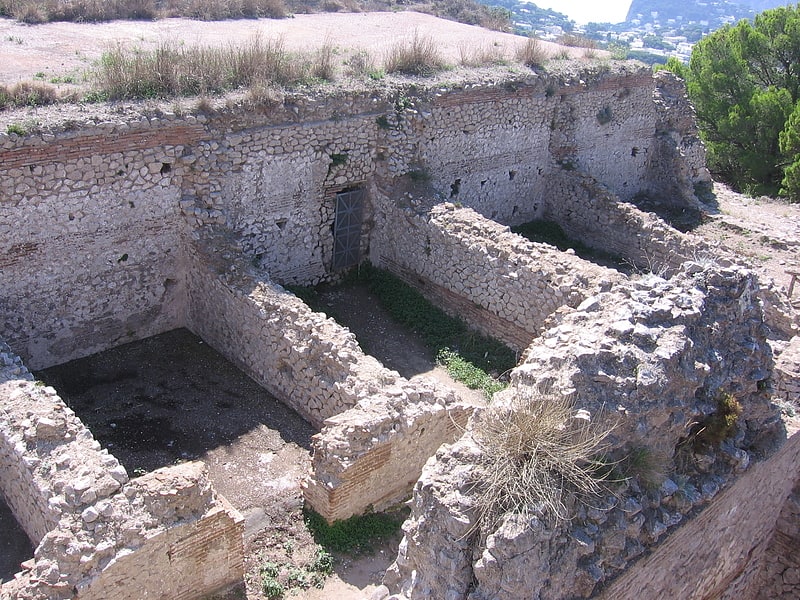
Roman imperial palace ruins. Villa Jovis is a Roman palace on Capri, southern Italy, built by emperor Tiberius and completed in AD 27. Tiberius ruled mainly from there until his death in AD 37.
Villa Jovis is the largest of the twelve Tiberian villas on Capri mentioned by Tacitus. The entire complex, spanning several terraces and a difference in elevation of about 40 m, covers some 7,000 m² (1.7 acres). While the remaining eight levels of walls and staircases only hint at the grandeur the building must have had in its time, recent reconstructions have shown the villa to be a remarkable testament to 1st-century Roman architecture.[4]
Address: Via Tiberio, Capri
Faraglioni
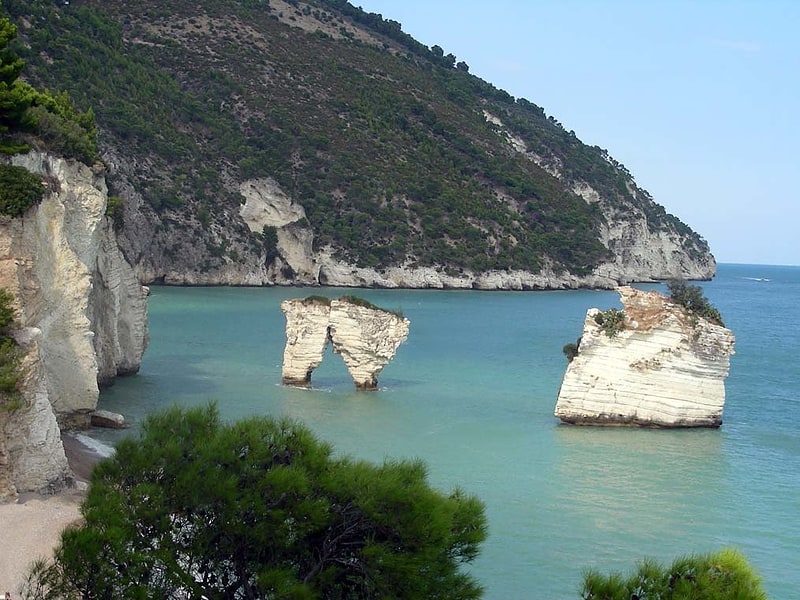
Famous rock formations in the ocean. In Italian, faraglioni are stacks, a coastal and oceanic rock formation eroded by waves.
The word may be derived from the Greek pháros or Latin pharus ("lighthouse") and is cognate with the Spanish farallón.
They are found at the coasts of several regions of Italy:[5]
Address: Via Tragara, 26, 80073 Capri, Capri
Marina Piccola

Marina Piccola is located on the southern side of the island of Capri. It is near the Faraglioni sea stacks to the southeast. The Via Krupp is a historic switchback paved footpath which connect the Charterhouse of San Giacomo and the Gardens of Augustus area with Marina Piccola. The Marina Piccola, used by Augustus and Tiberius, preceded the Marina Grande.[6]
Address: Via Marina Piccola, 80073 Capri
Certosa di San Giacomo
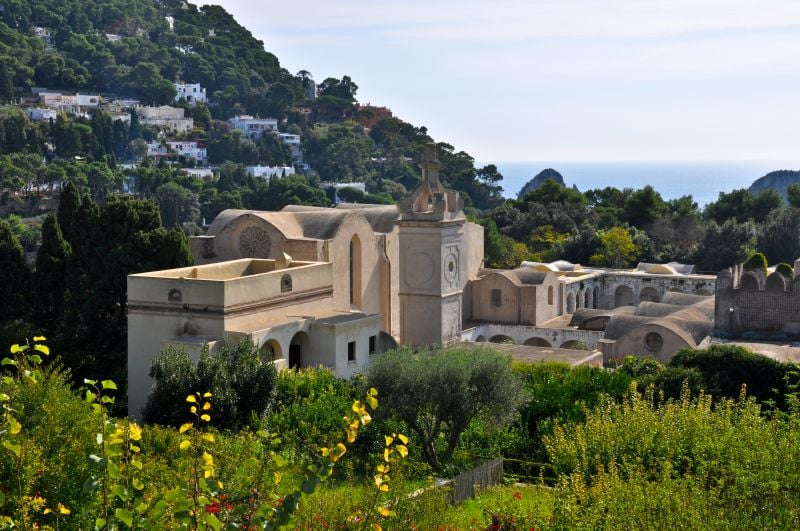
Museum in Capri, Campania, Italy. Certosa di San Giacomo was a Carthusian monastery, founded in 1363 by Giacomo Arcucci on the island of Capri, Campania, southern Italy. It is now a museum and is used for cultural events. The buildings that formed the charterhouse have three main areas: the pharmacy and women's church, the buildings for monks, and those for guests. The cloister is of a late Renaissance design, while the Chiostro Piccolo features Roman marble columns.[7]
Address: Via Certosa 1, 80073 Isola di Capri
Cimitero Acattolico
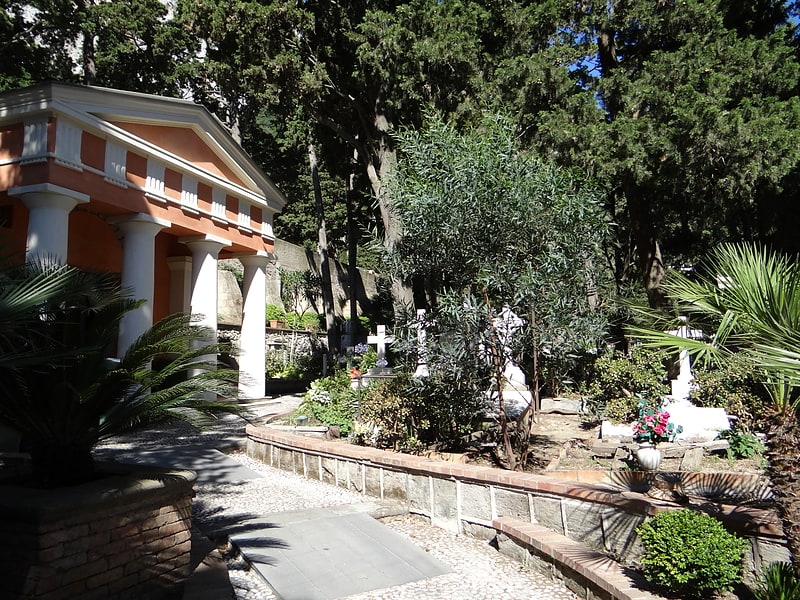
Also known as: Cimitero acattolico di Capri
Cemetery in the Marina Grande, Capri, Italy. Cimitero acattolico di Capri is a non-Catholic cemetery on the island of Capri. Established in 1878 by Englishman George Hayward, it contains 204 graves from a total of 21 different nations. Most of the people buried in the cemetery though are of English nationality, German, Russian or American. Aside from Protestants, also buried in the cemetery are Jews, Orthodox Christians and some Catholics. Notable interments include French Baron Jacques d'Adelsward-Fersen, Lucio Amelio, Günter Ammon, Gracie Fields, Norman Douglas and Jakob Johann von Uexküll.
After the Second World War, the cemetery saw a period of great neglect, which ended in 1986 when the municipality of Capri ensured the preservation and restoration of the cemetery graves.[8]
Santo Stefano
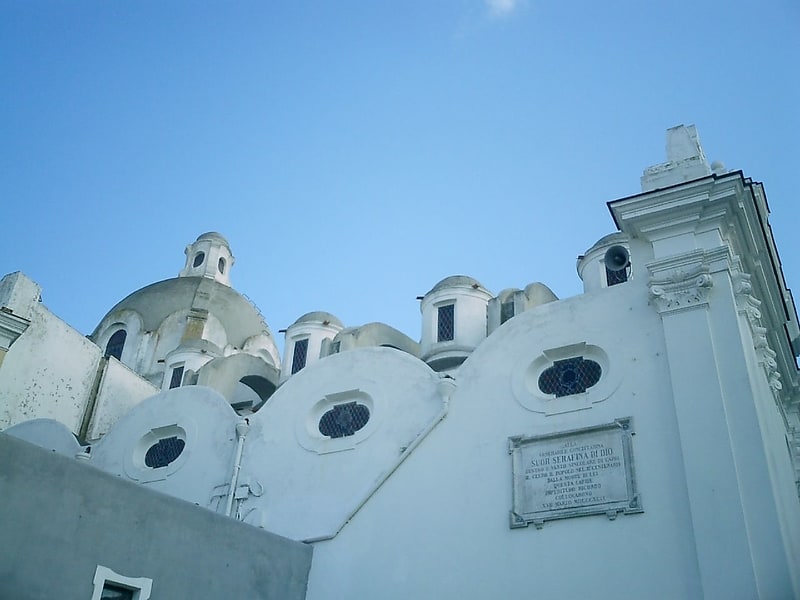
Church in Capri, Campania, Italy. Santo Stefano is a Catholic church and former cathedral on the island of Capri, Italy. Dedicated to Saint Stephen, it is the principal house of worship in the town of Capri. The religious complex was built around the Piazza Umberto I square in the seventeenth century. The archbishop's palace is now used as the town hall. Santo Stefano and Chiesa di San Costanzo are the island's two oldest churches.[9]
Villa Lysis
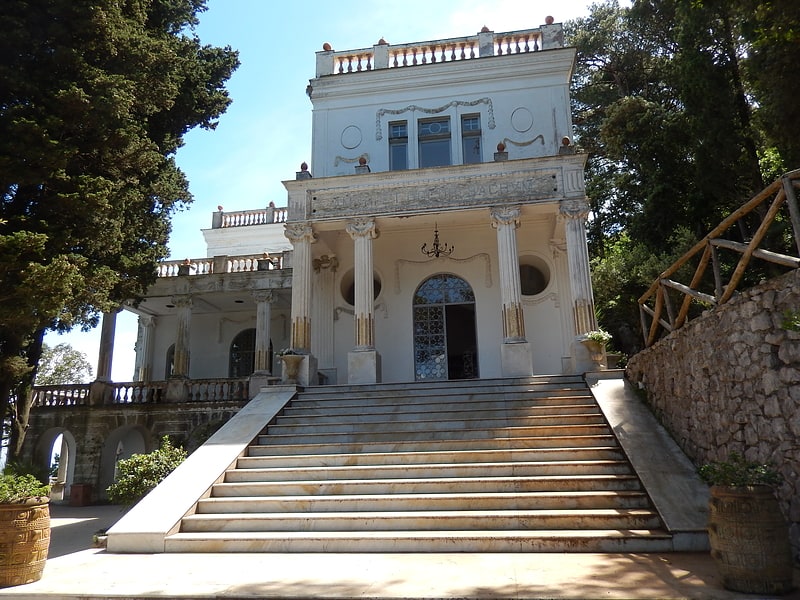
Tourist attraction in Italy. Villa Lysis is a villa on Capri built by industrialist and poet Jacques d'Adelswärd-Fersen in 1905. "Dedicated to the youth of love", it was Fersen's self-chosen exile from France after a sex scandal involving Parisian schoolboys and nude tableaux vivants.[10]
Address: Via Lo Capo, 80073 Capri
Marina Grande
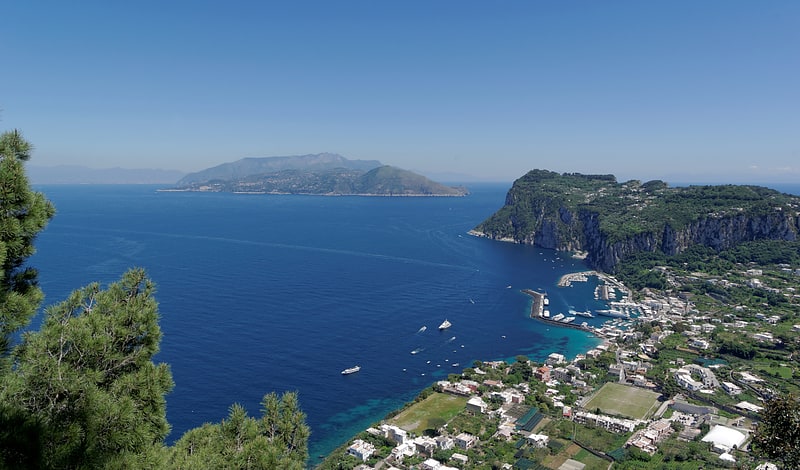
Town in Italy. Marina Grande is the main port of the island of Capri in Italy, to the north of the main town of Capri and at the foot of Mount Solaro.[11]